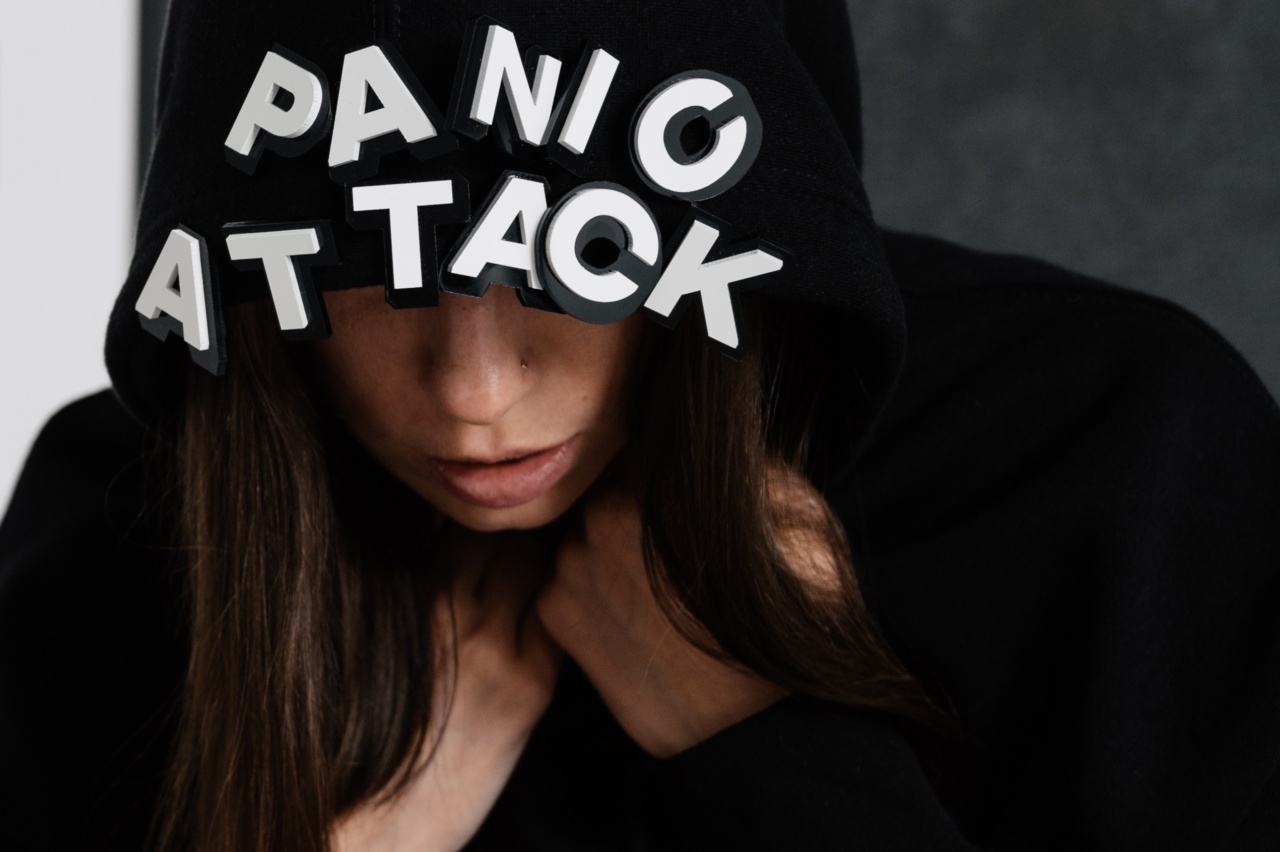Panic attacks can be a debilitating experience for those who suffer from them. They can strike at any moment, leaving the person feeling helpless, scared, and out of control.
In this article, we will discuss personal stories of those who live with panic attacks on a daily basis.
What is a Panic Attack?
Before we dive into personal stories, it’s important to understand what a panic attack is. A panic attack is an intense episode of fear and anxiety that usually lasts for a few minutes but can last up to an hour. Symptoms of a panic attack include:.
- Racing heartbeat
- Sweating
- Trembling or shaking
- Shortness of breath
- Chest pain or discomfort
- Nausea or abdominal distress
- Feeling dizzy, unsteady, or faint
- Numbness or tingling sensations
- Feeling hot or cold
These symptoms can be so severe that the person may feel like they are having a heart attack or are going to die. However, panic attacks are not life-threatening.
Personal Stories of Living with Panic Attacks
Jane: Story 1
Jane is a 32-year-old woman who has been living with panic attacks since she was 22. Her panic attacks started after a traumatic experience in which she was assaulted. Jane describes her panic attacks as feeling like she’s going to die.
“It’s like my body is telling me that something is wrong, but I don’t know what it is,” says Jane. “My heart starts racing, and I feel like I can’t catch my breath.
Sometimes I’ll get dizzy or even black out.”.
Jane has sought treatment for her panic attacks and has found medication and therapy to be helpful. However, she still experiences panic attacks from time to time.
Tom: Story 2
Tom is a 27-year-old man who has been living with panic attacks since he was a teenager. His panic attacks are triggered by social situations and the fear of being judged by others.
“When I’m in a group of people, I start to feel really anxious,” says Tom. “My heart starts racing, and I feel like everyone is looking at me. Sometimes I’ll even start to sweat and shake.”.
Tom has found exposure therapy to be helpful in managing his panic attacks. He slowly exposes himself to social situations and practices relaxation techniques to help calm his nerves.
Emily: Story 3
Emily is a 40-year-old woman who has been living with panic attacks since she was in her early 20s. Her panic attacks are triggered by the fear of losing control and not being able to escape a situation.
“When I’m in a crowded place, or a place where I can’t easily leave, I start to feel really anxious,” says Emily. “My heart starts racing, and I feel like I’m trapped.
I’ll start to hyperventilate and feel like I can’t breathe.”.
Emily has found cognitive-behavioral therapy to be helpful in managing her panic attacks. She has learned techniques for challenging her negative thoughts and calming her body during a panic attack.
Coping Strategies for Panic Attacks
While there is no cure for panic attacks, there are coping strategies that can help manage symptoms. These include:.
- Deep breathing
- Progressive muscle relaxation
- Guided imagery
- Exposure therapy
- Cognitive-behavioral therapy
- Meditation and mindfulness
- Avoiding stimulants like caffeine and nicotine
- Getting regular exercise
- Getting enough sleep
- Joining a support group
It’s important to work with a healthcare professional to develop a treatment plan that works for you.
Conclusion
Panic attacks can be a scary and isolating experience. However, many people live with panic attacks and have found ways to manage their symptoms. If you are struggling with panic attacks, know that you are not alone and that there is help available.






























